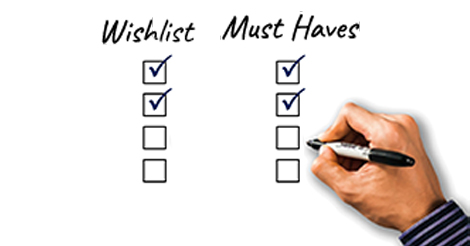As with any large corporate investment, implementing new accounting and inventory ERP software is a time and resource consuming process. Although this can be daunting when first starting the search process, the benefits gained from properly implementing an automated, all-in-one system, to manage all your business processes across departments will almost always outweigh the costs. For businesses moving from mostly manual processes or an introductory system, it can be exciting to learn about all the new advantages to be gained from the functionality and components offered by a more sophisticated system. However, there are a lot of efficiencies to be gained right from the start when upgrading to a proper system even before adding in all the bells and whistles that come as additional components. It may seem counterintuitive for a vendor to be down-selling the product, but there are various reasons why wanting to implement too many components from the get-go can be a bad idea.
Consider the Costs
Many ERP systems will provide functionality such as inventory, accounting, contact management, order entry and processing and warehouse management as part of their base offering. In most cases, additional components that are more unique to specific types of businesses can be added – but at an additional cost. These types of components include: barcode scanning, eCommerce integration, lot tracking, and landed cost tracking, and are not necessarily needed by every company. Even companies who claim they need specific components such as sophisticated barcode scanning, may be able to benefit from a less expensive option. This is why it is important to speak with vendors who will spend the time needed to learn about your business, in order to offer guidance on what components you could use, as opposed to vendors who try to upsell their product. Fully evaluating which additional components your business actually needs, vs. wants, may dramatically impact the overall software cost.
Consider Current Processes
The fact that you might benefit from using specific components doesn’t automatically mean that you should invest in them. It is important to examine current processes to determine possible improvements. Once you evaluate your current processes you may learn that some of the components you are currently using and thought you needed, can be replaced with something better. For example, as a company that imports and exports products, it may seem beneficial to invest in landed cost tracking, however, if it currently only takes one employee an hour a month to manage landed costs because they only apply to one product, it is perhaps not necessary to invest in that specific component.
Consider Future Opportunities
Most software vendors provide users the option to add additional components in the future (and if they don’t, consider this one of your decision criteria). The ability to add components at a later date will save your company money upfront and provide flexibility for changing processes. Once you have a proper inventory and accounting ERP system in place, it can help automate processes and open up time and resources for new opportunities – perhaps even changing the way you do business. Keeping your options open for additional components will allow you to expand and grow your business and potentially enter new markets.
Investing in a proper ERP system provides many opportunities for streamlining processes, automating tasks and taking advantage of new opportunities – even without all the bells and whistles. Spend the time speaking with vendors who take the time to know your business and avoid those who try to upsell additional components.











